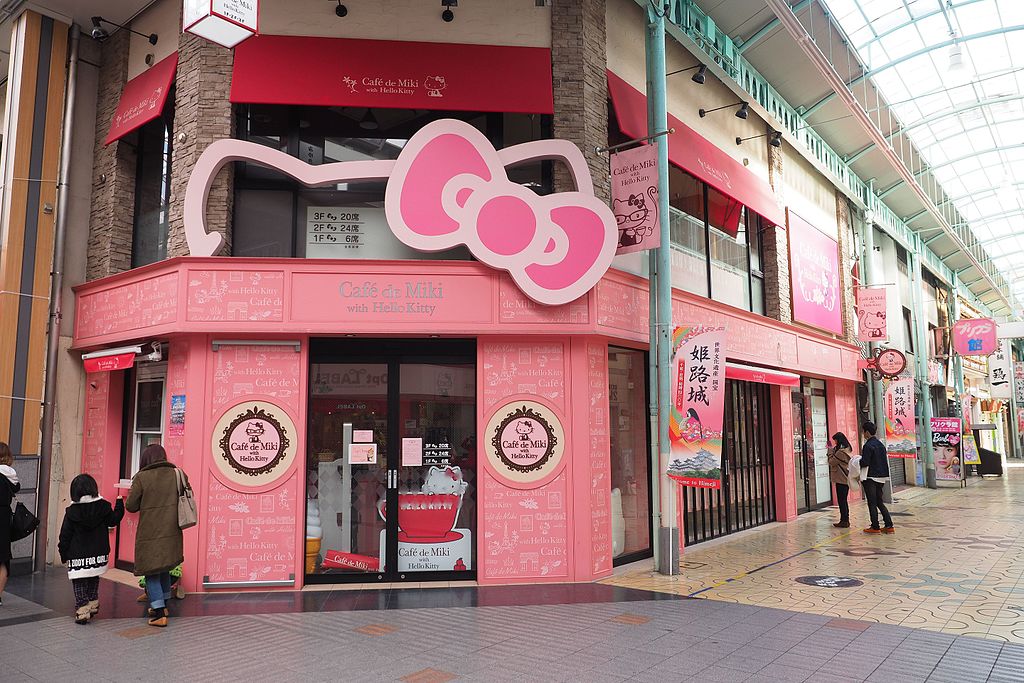Nov 16, 2021
What is Kawaii Culture?
“Kawaii” simply means “cute,” but a whole subculture has sprung up around the phenomenon that’s much more fascinating than it may seem on the surface. There are many layers to the concept — it can be part of a personal image, a quality of an inanimate object, or even a genre of art and entertainment.
Origins of Kawaii
The word “kawaii” is originally a contraction of the phrase “kao hayushi,” which translates to “face aglow” — meaning the person is blushing. Interestingly, although it is usually written in hiragana, the kanji in ateji translates to “lovable.”
Although the concept of kawaii has existed in some form for centuries, it didn’t arise as a subculture until the late 1960s, when student protests were held as a form of rebellion against the authorities. It quickly became a large subculture and has gradually found a place in almost every facet of society.
Examples of Kawaii in Japanese Society
You hear the word “kawaii” all the time in Japanese — it’s comparable to “nice” in English, and it also acts as a filler word. However, as a subculture, several specific examples are most representative of kawaii.
Handwriting
One of the first manifestations of kawaii was handwriting. In the 1970s, many teenage girls started using rounded characters and pictures (like stars, hearts, and faces) in their writing. Schools had to ban the style because it was too difficult to read.
Fashion
There are three main types of kawaii fashion:
- Lolita fashion makes the wearer resemble a porcelain doll. It features bows, ribbons, and lace, along with accessories like a parasol. There’s also a subform of the fashion called Sweet Lolita, which is even more pronounced and uses pastel tones.
- Decora fashion is a style characterized by numerous multicolored decorations, which are often layered onto the outfit. As well as jewelry and hair clips, this can include stickers and toys.
- Men’s kawaii fashion tends to be favored by male kawaii entertainers. Men use wigs and makeup to look like kawaii women and often have neotenic qualities.
Idols
Japanese idols frequently embrace kawaii, including pop singers, actors, and models. Idols fit kawaii into their persona and image by adopting an innocent personality, vibrant clothing, and false eyelashes.
Cafés
Japan is famous for its themed cafés, many of which are definitely kawaii. Top examples are cat cafés and cafés for characters like Pokémon, Hello Kitty, and Pompompurin.
Mascots
Prefectures, companies, schools, museums, and events frequently have a mascot to represent them. These mascots tend to be based on animals — and they’re always kawaii.
Advertising
Businesses take advantage of the population’s affection for kawaii by using the style in their advertising. It’s possible to infuse anything from marketing campaigns to packaging for products with kawaii that is often through the use of faces.
Food
The main way kawaii appears in food is in bento boxes. For instance, kyaraben is all about creating food that resembles popular characters, animals, and other shapes.
You’ll be able to experience kawaii anywhere you go in Japan. Even if you don’t seek it out, you’re sure to come across plenty of examples wherever you are in the country.


About the author